Alternative photographic processes
Contemporary photography exists within a paradox of abundance and a yearning for authenticity. While digitization has democratized the medium and opened new possibilities, it has simultaneously awakened a hunger for slowness and materiality. This tension forms the core of an investigation that brings historical photographic processes into dialogue with contemporary technologies.

The work explores the borderlands between registration and expression, rediscovering 19th-century techniques such as cyanotype, kallitype, and platinum printing as instruments for contemporary image-making. These processes, in which chemical reactions work directly upon the paper fibers, create images with a unique archival quality that transcends generations. The fascination lies not only in their aesthetic properties—the deep Prussian blue, the matte textures, the irregularities—but in the fundamental deceleration that this approach brings about.
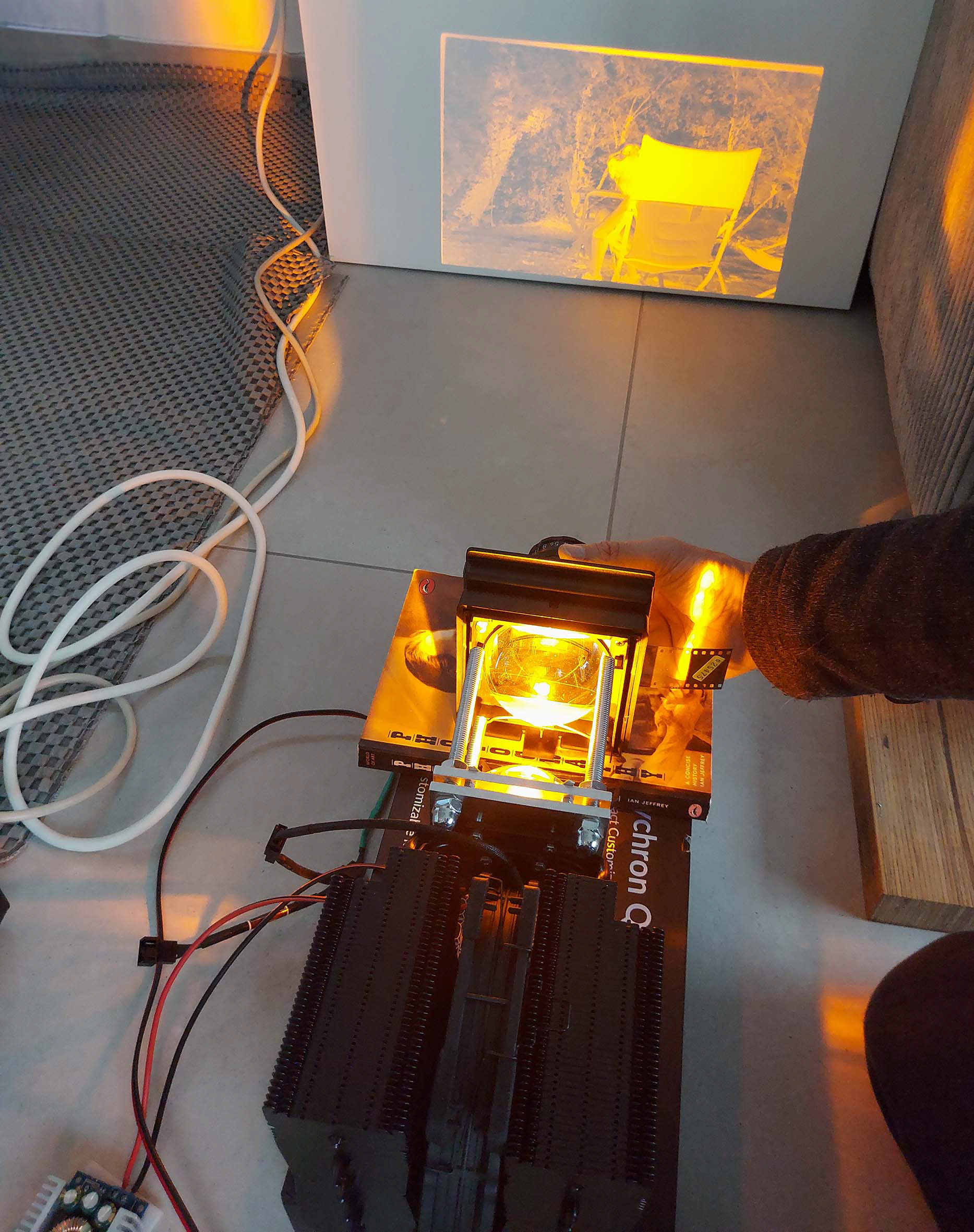
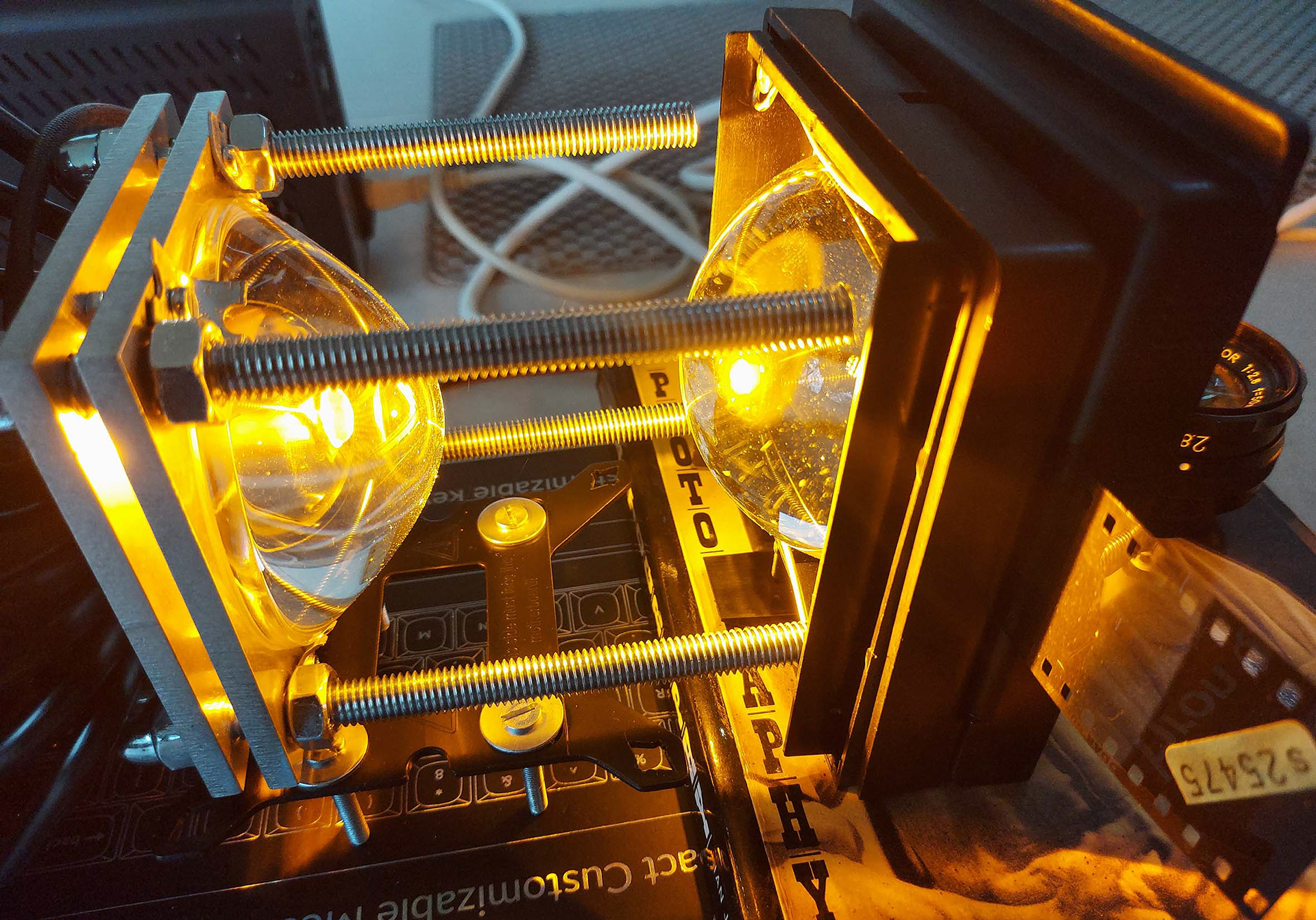



Modern digital workflows and AI optimization are employed to perfect image curves within the often limited dynamic range of historical processes. This hybrid approach demonstrates how heritage techniques can be enriched by contemporary insights without losing their essence. Infrared photography forms a bridge between the invisible spectrum and the UV exposure processes of these ancient methods.
The research moves between art historical documentation and experimental material knowledge. Every chemical parameter—from coating to exposure, from paper type to post-processing—is examined for its expressive potential. This methodical approach creates a vocabulary in which visual language speaks more eloquently than words.
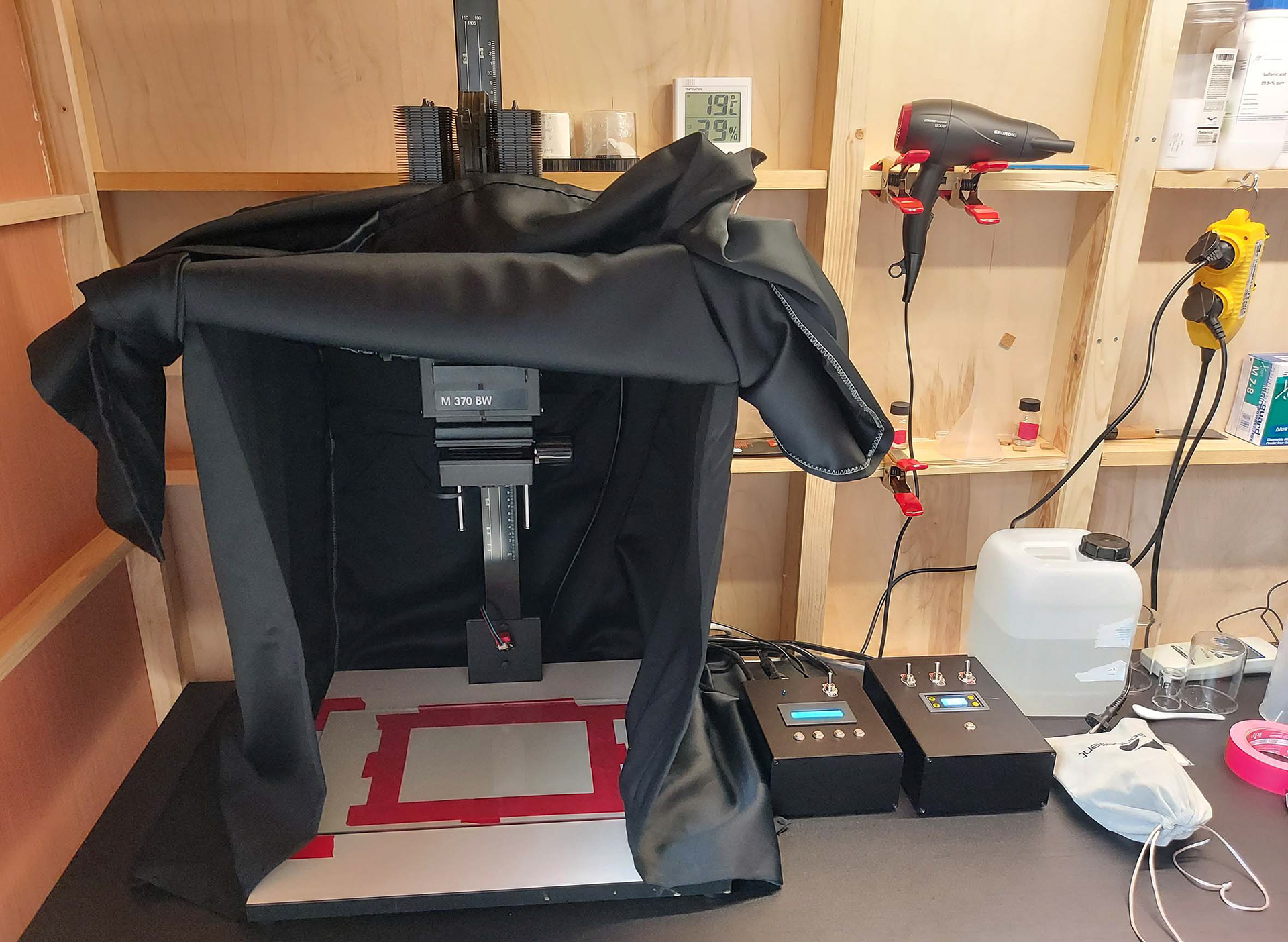
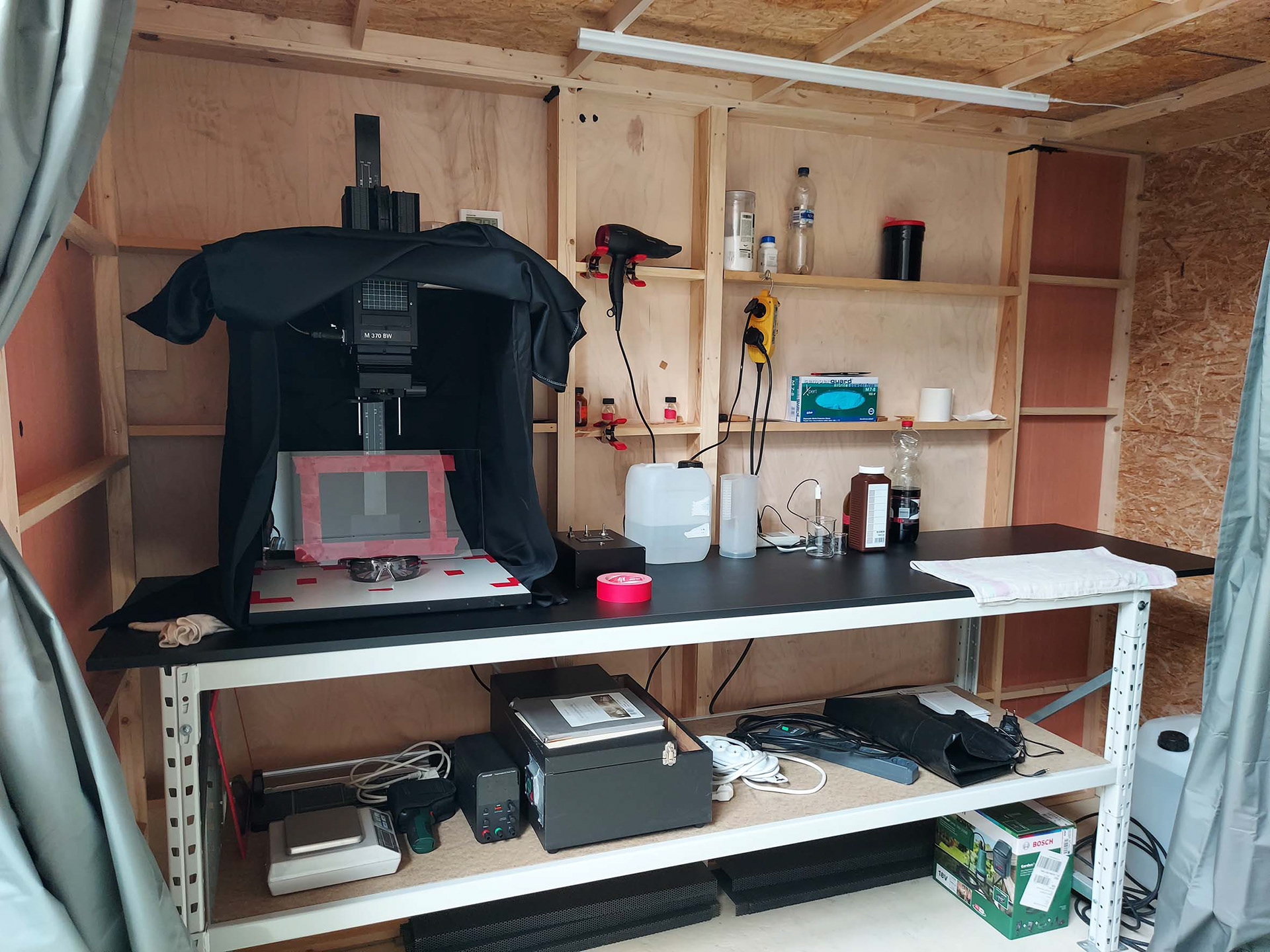
The visual content emerges from an intimate engagement with nature, where textures, light contrasts, and atmospheric conditions become the primary vocabulary. There is a deliberate pursuit of what might be called classical beauty—not as nostalgic retreat, but as a revaluation of aesthetic principles that endure across time. Through experience and observation of natural phenomena, the work seeks moments where light reveals the sculptural qualities inherent in nature, where shadows carve form, and where the interplay between hardness and softness creates visual tension.
The images aspire to become poetic moments detached from their original referent. What begins as documentation of a specific place and time transforms through the alchemical process into something more universal—an interpreted image that exists independently of its documentary origins. This liberation from representation allows the work to operate on multiple levels of meaning—aesthetic, conceptual, and experiential—where the viewer encounters not merely a place, but a meditation on perception, time, and the nature of image-making itself.
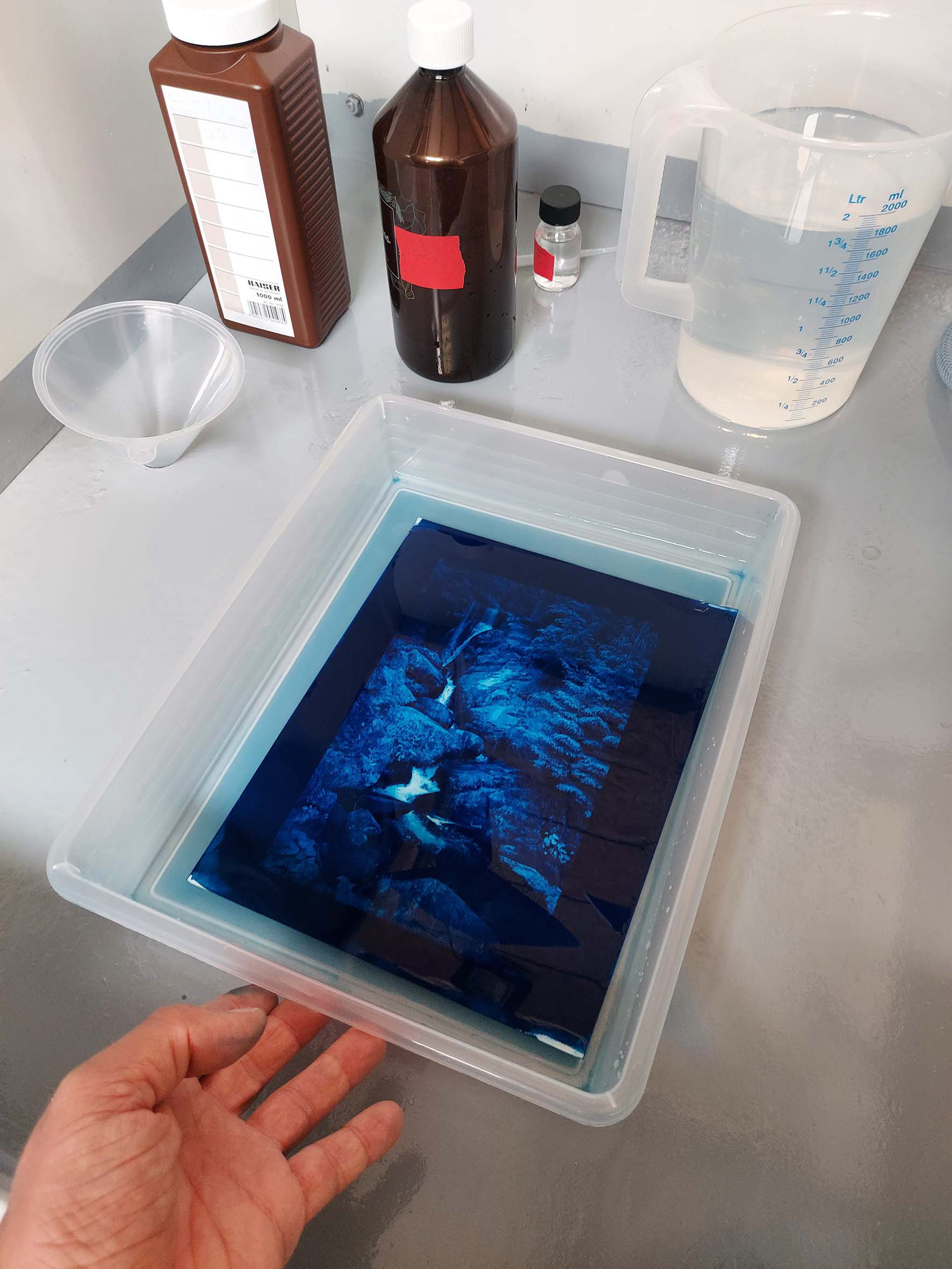
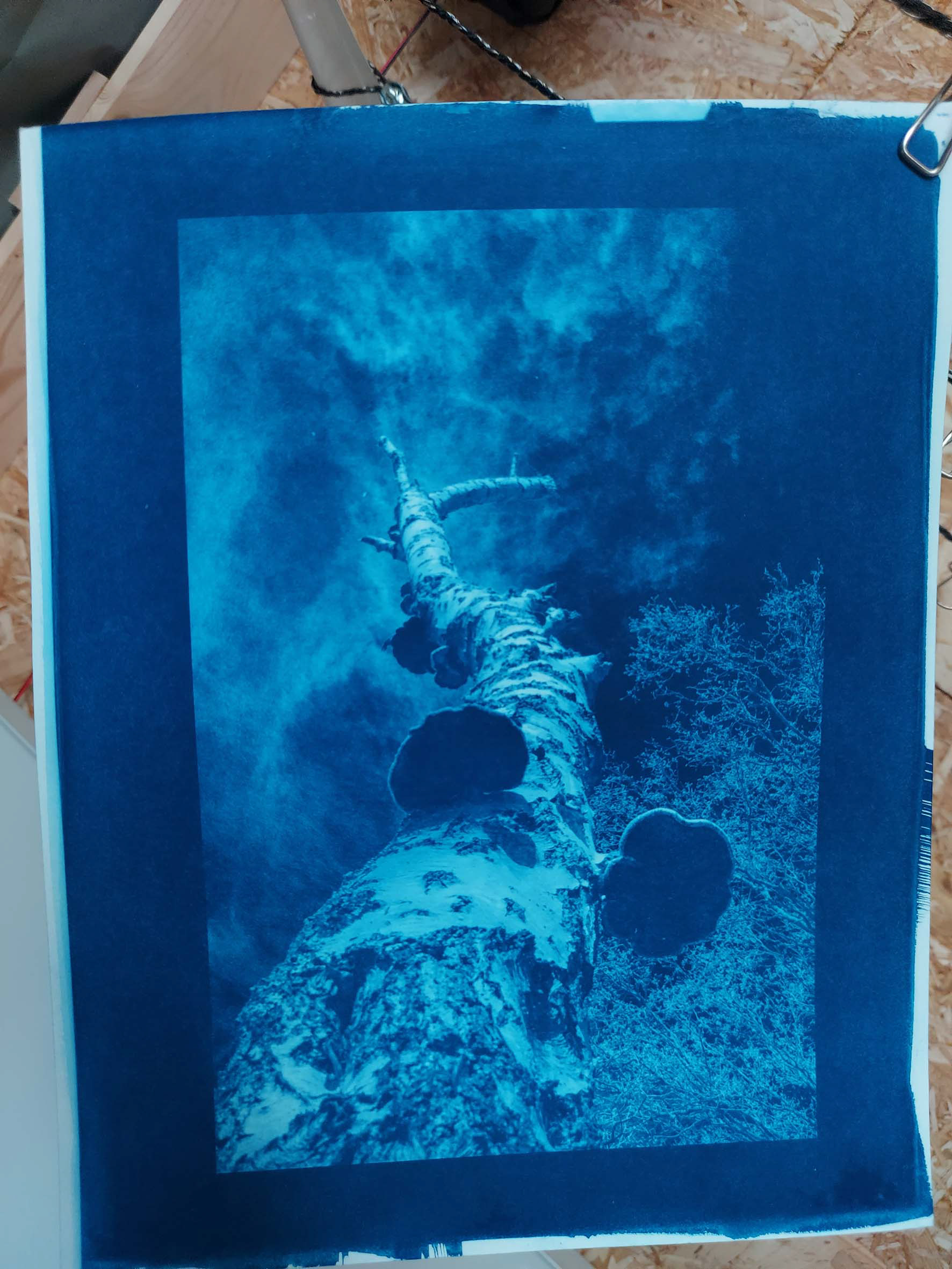
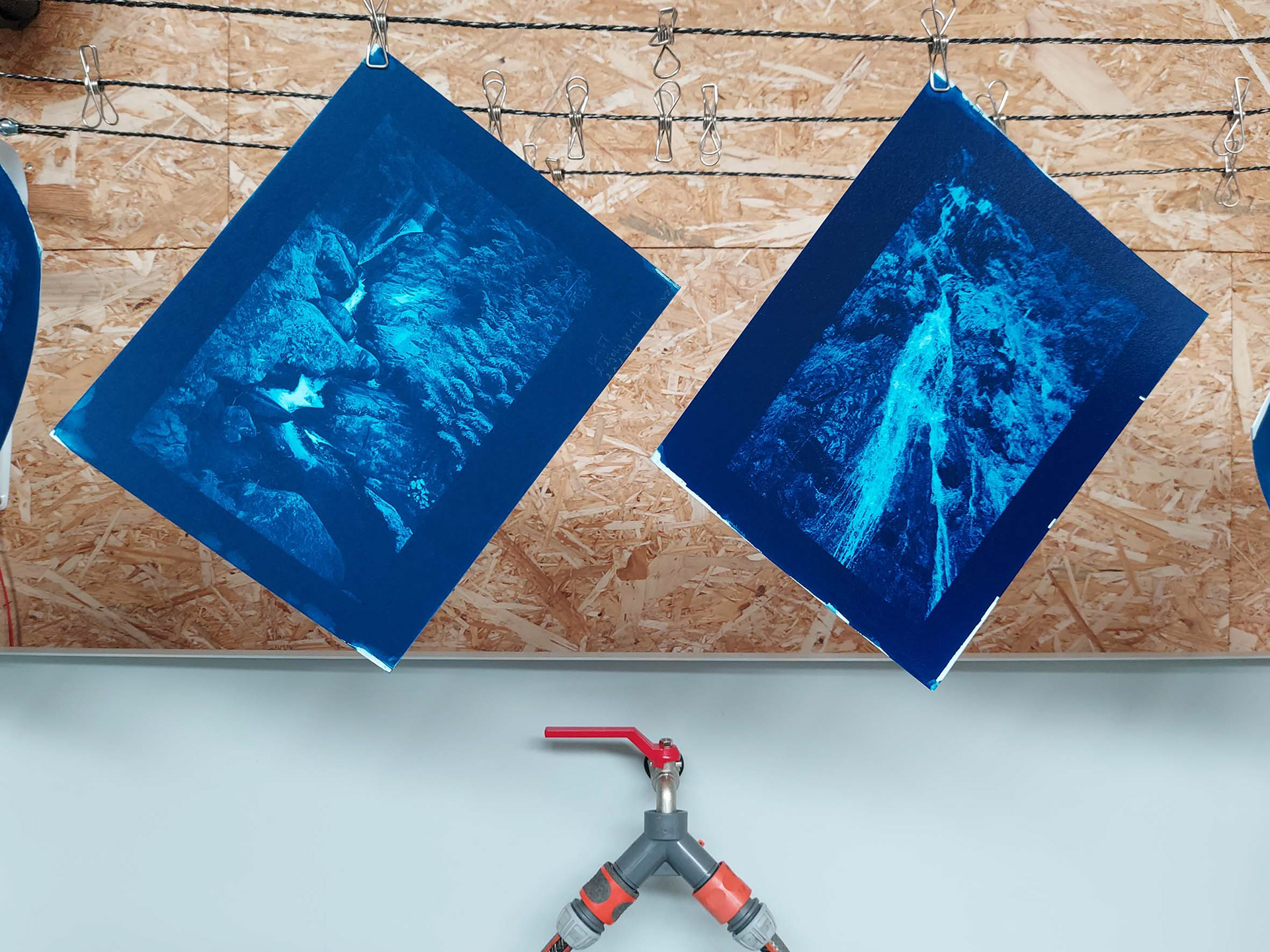
In an era of fleeting images, this work offers physical objects that unfold their meaning over time. The result is photography that transcends itself: no longer merely reproduction, but autonomous image-objects that embody their own truth and invite contemplation of classical beauty reimagined for contemporary consciousness.
This practice contributes to preserving and transmitting photographic heritage while simultaneously exploring new aesthetic possibilities for the medium in the 21st century.